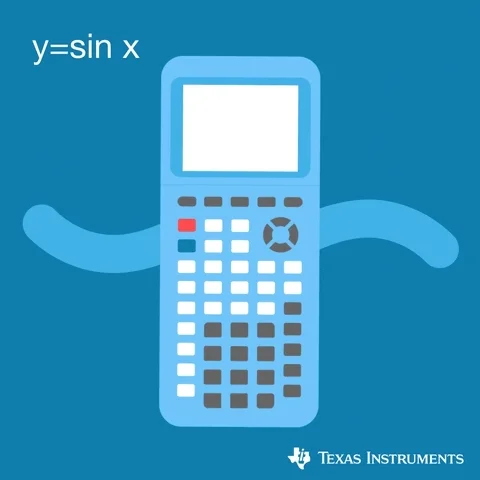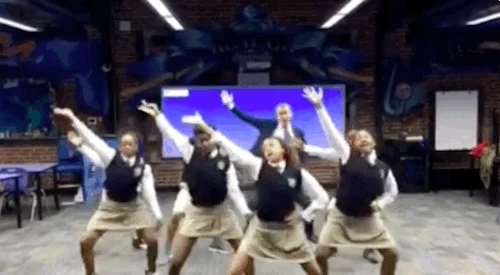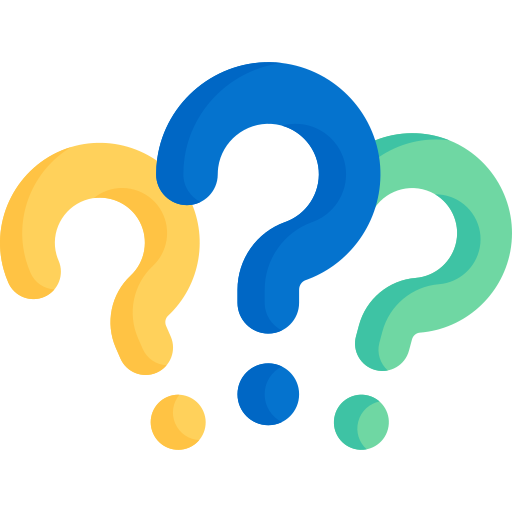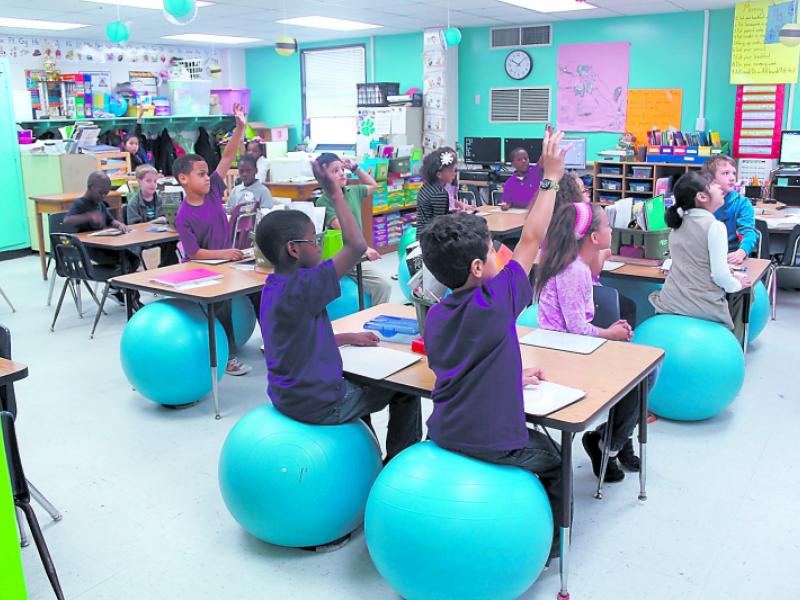
This logo isn't an ad or affiliate link. It's an organization that shares in our mission, and empowered the authors to share their insights in Byte form.
Rumie vets Bytes for compliance with our
Standards.
The organization is responsible for the completeness and reliability of the content.
Learn more
about how Rumie works with partners.

Here are 3 kinesthetic learning strategies that can benefit students of all ages in the classroom.
Did you know?
Kinesthetic Learning Strategy #1: Algebra Through Choreography
Connecting math to movement helps students understand the concepts more quickly.
Rhythm in dance can be expressed as fractions and algebraic notation when we describe kicks and turns.
Good for middle or high school students
Create a simple dance of three kicks followed by a turn
Write it down as: "3x+y where x = kick, y = turn"
Arm and body positions in dance can also be used to study geometry.

Kinesthetic Learning Strategy #2: Sit on Balance Balls
Kinesthetic Learning Strategy #3: Charades
Increases retention because of a high level of engagement
Good for elementary and middle school
Learn vocabulary through movement
Use learning stations and drama to engage more deeply in topics from history and social studies

Kinesthetic Learning Strategy #4: Magnetic Letters

Quiz
Which of these activities would be effective kinesthetic learning strategies for understanding fractions? Select all that apply:
Drawing and using play objects represent active learning through movement. Watching, however, is a more passive form of learning that may not meet the needs of kinesthetic learners.
Take Action

Put kinesthetic learning strategies into practice in your classroom today!
This Byte has been authored by
Julia Golod
Instructional Design-eLearning Development


